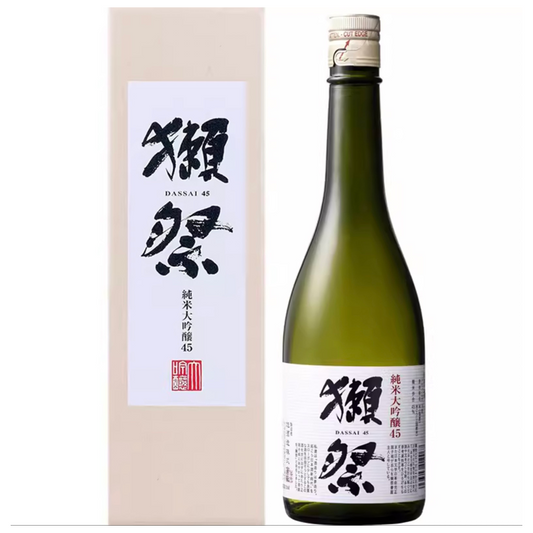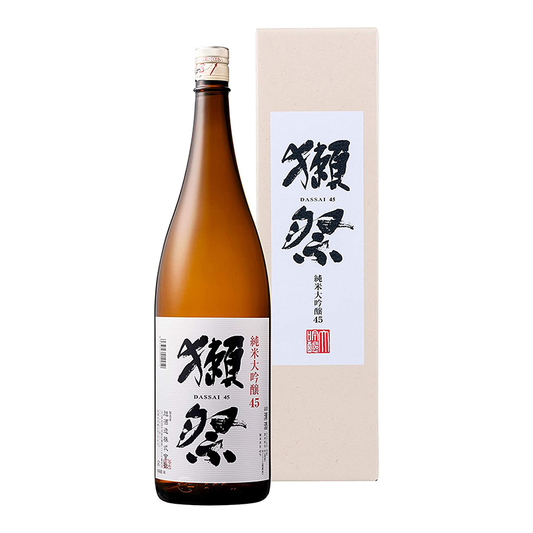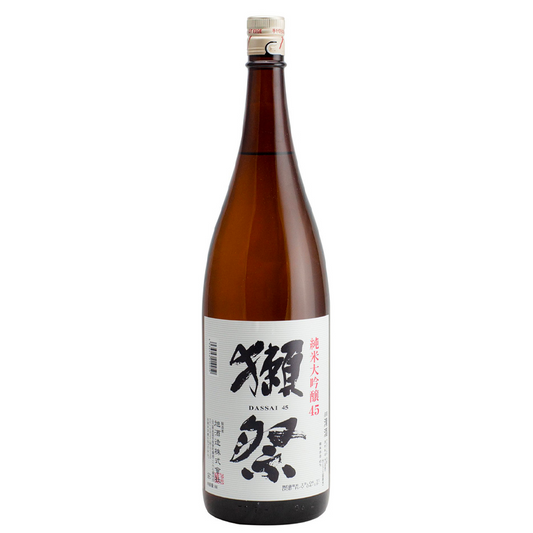Lesson 5: How to serve sake warm/chilled
Sake is an amazingly versatile drink. Some sake is best served warm/hot, others are best served chilled, and many can be enjoyed at different temperatures. The “best” temperature is different for each sake and the same sake can produce an array of amazing flavors. Here, we discuss how to properly manage the temperature of your sake using a hot bath, kettle or ice bath, so that the flavors can be preserved. And, although we strongly advise against it, we have some tips for when a microwave is the only option.
In Japan, it is said that sake tastes different at every 5 degrees Celsius. It is probably because of this that each temperature has a specific name.

The best way to warm sake
You might have had piping hot sake at a Japanese restaurant, but this isn’t really the proper way of drinking sake. Too much heat can actually impair its flavor.
To enjoy delicious hot/warm sake, use a hot bath. This is the best way to warm-up sake so you can control the temperature incrementally, which helps keep its delicate flavor. Additionally, it is recommended that you use a liquid thermometer (in Japan, there are some products dedicated for hot sake).
How to warm sake with a hot bath:
- Pour the sake into a vessel (usually a Japanese decanter called a "tokkuri").
- Submerge the vessel in a pan of water. Note: The level of sake liquid in the vessel and that of water in the pan should be the same height.
- Turn on the stove and heat up sake gradually like you would do when melting chocolate or butter.

Remember that the height of the hot water in the pan should be the same as the level of sake in the vessel to allow proper, even heating.
Another alternative, simpler way of warming up sake would be to submerge the vessel in a bowl of hot water boiled with an electric kettle.
How to microwave sake
Using the microwave to heat up sake is not recommend because it’s difficult to control the exact temperature, resulting in uneven heating within the vessel, which could lead to a bitter, unpleasant overpowering alcohol taste. However, if you have no choice but to microwave sake, be very careful to avoid burns and disrupt the sake’s essence and flavor. You can try the following steps below, with caution:
- Heat the sake halfway.
- Transfer the sake into another vessel.
- Heat it again until it reaches your desired temperature.

If your only choice is to use a microwave, don’t rush in warming up the sake. Be careful to avoid burns!
How to chill sake
To chill sake, put the sake in the refrigerator but avoid positioning it near strong smells, or in a spot that is more prone to vibration, both of which can affect the sake’s condition. If you want to drink cold sake for dinner, put it in the fridge the night before.
Also, keep in mind that sparkling sake with in-bottle secondary fermentation should be served ice cold because yeast (one of the ingredients of sake) start producing gas in a bottle at temperatures higher than around 40 F; there is a risk of the sake sprouting when the lid is opened!
If you want to make the sake ice cold quickly, follow these steps:
- Put ice and water in a big bowl.
- Add a teaspoon of salt in the bowl and stir. Place the sake bottle in a plastic bag (to prevent the label from getting wet), then, position it in the bowl and wait for 30 minutes.

Don’t forget to put the bottle in a bag when applying an ice bath!
We recommend trying your sake at different temperatures to experience its full potential. You might be surprised to find that chilled sake can be more flavorful when warmed up to other appropriate temperatures, and the sake you tried piping hot at a restaurant might be more fragrant when chilled. Explore the relationship between sake and its temperature — part science, part art, it is sure to enrich your dining experience!







